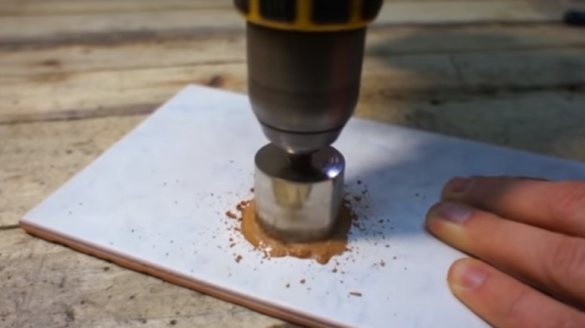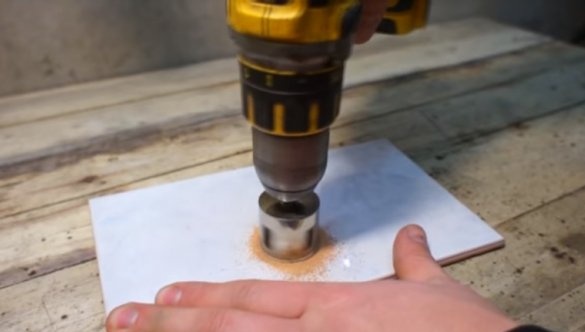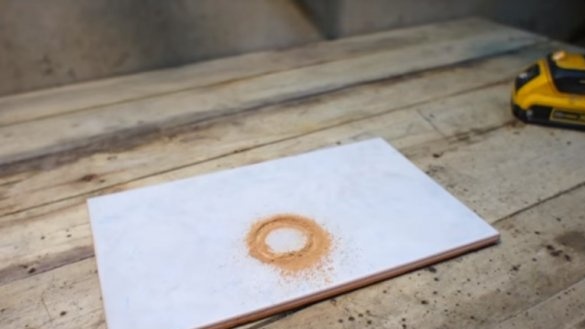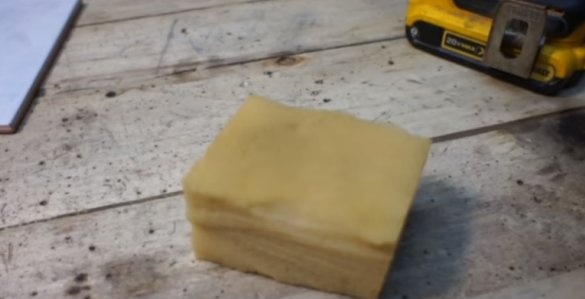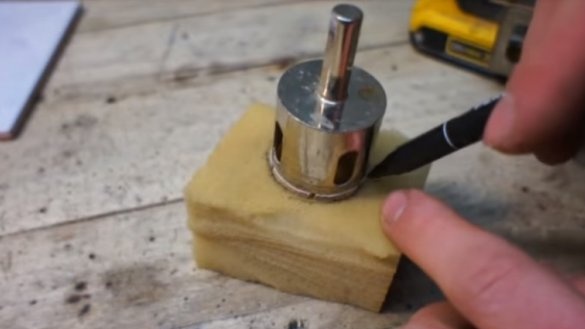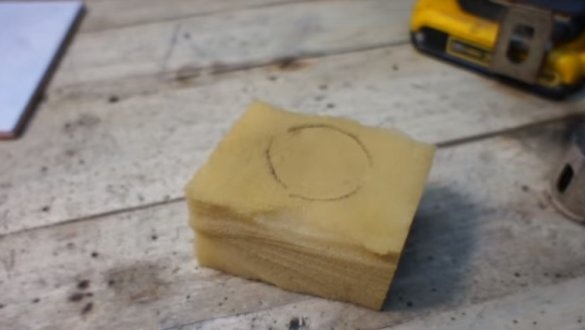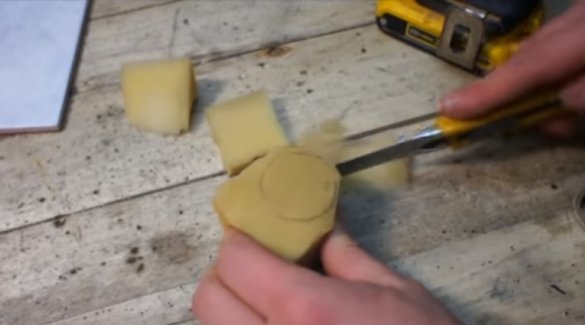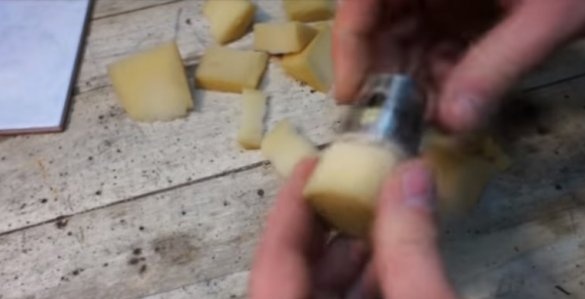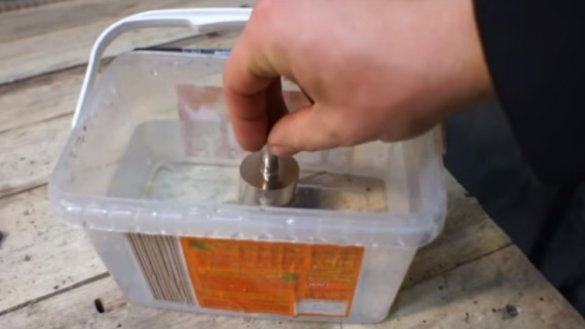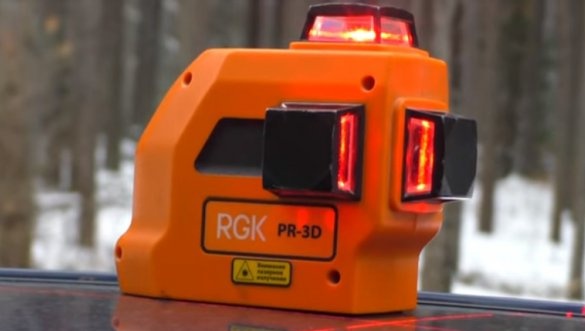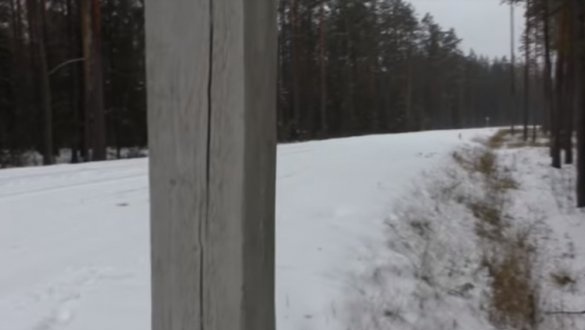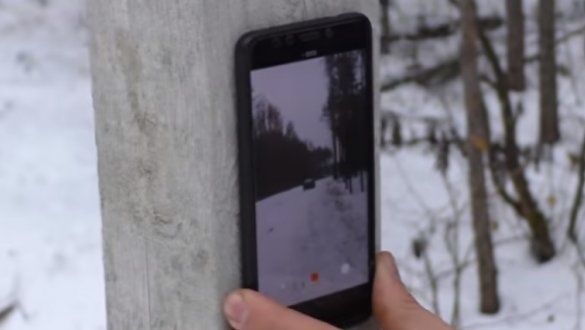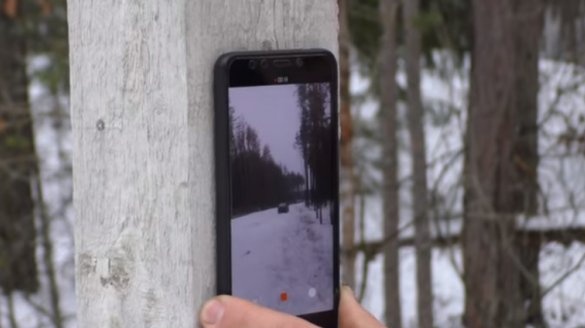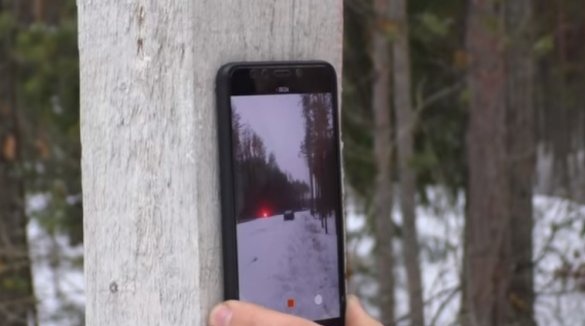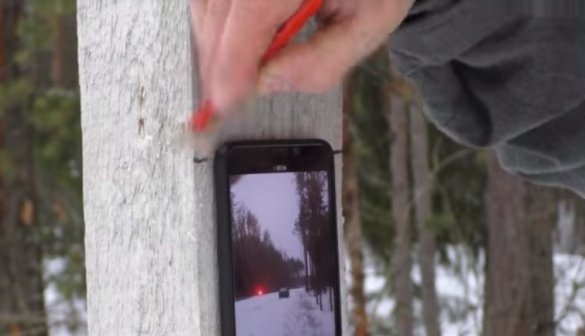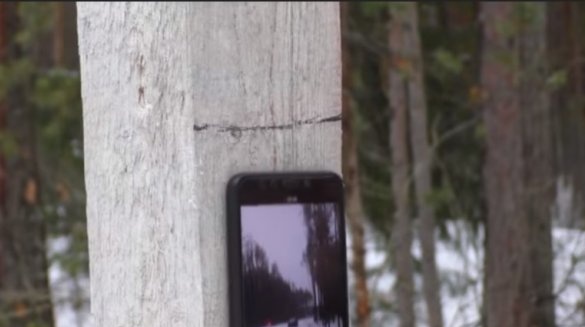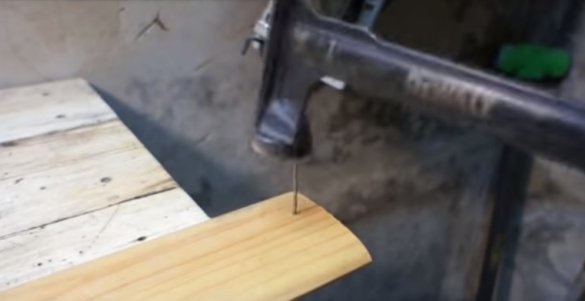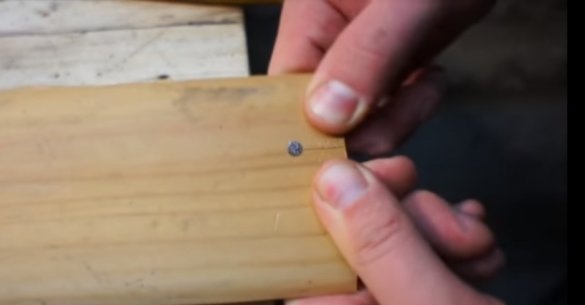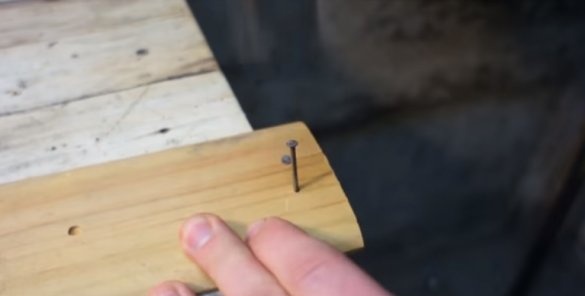Any work can be done faster and, often, better, if you are creative and “turn on” your wit. It is such a non-standard approach to solving ordinary problems that underlies the useful tips that are offered to your attention below.
Continuous wetting of the tile when drilling with a crown
To drill large holes in a tile, a crown is usually used - a special nozzle on a drill that allows you to drill whole circles in the tile.
At the same time, so that the crown does not heat up during use and for faster operation, the drilling site on the tile is constantly wetted with water. At the same time, the work itself is interrupted, which, of course, is very inconvenient.
It is possible to make the process of wetting the crown and surface of the tile during its drilling using a simple fixturesmade from any waste piece of foam rubber.
For this:
1. The crown is placed on the foam rubber and the outline of its cutting part is marked on it with a marker.
2. According to the drawn contour, slightly departing from its edge, a cylinder is cut out of the foam rubber.
3. Insert the cut foam rubber cylinder into the cylindrical cavity of the crown.
4. Dip the nozzle with the foam rubber inserted into it into the water.
All. When drilling a tile with a crown, inside which foam rubber impregnated with water is inserted, it is continuously wetted and the drilling site is continuous, it is not necessary to interrupt work, and wet ceramics are much easier to drill.
How to see a projection of a laser level beam at a large distance from it without a receiver
In order to see the projection of the laser level beam on a surface that is far enough from the device and, especially, on the street and in sunny weather, an additional device is needed - a laser beam receiver. If this is not the case, then you can find a way out of the situation using a smartphone with the front camera turned on. This is done very simply:
1. The laser level is installed on a flat surface and direct its beam towards the object on which it must be projected. For example, in the direction of a column 50 meters away from the device.
2. Lean the smartphone against the post, directing its included front camera towards the device.
3. Moving the smartphone along the surface of the column, they “catch” with its camera the projection of the level beam.
4. When a laser beam enters the camera lens, a bright red flash appears on the smartphone screen, this moment is fixed and it is no longer moved.
5. Having fixed the position of the smartphone at the moment the laser beam hits the lens, draw a line on the surface of the column at the level of its camera.
This line will be the level of projection of the beam of the laser level.
How to hammer a nail into the edge of a dry thin board without splitting it at the same time
Quite often, when hammering a nail into the edge of a thin dry board, for example, a platband, it simply splits along its fibers.
There is an easy way to avoid such a nuisance. To do this, you just need to install the clove with the point up and, with the blows of the hammer, thoroughly flatten it.
A nail with a flattened tip enters the wood without difficulty, but it does not crack the board.
This is because the blunted nail does not split the wood like a sharp one, but cuts through, and therefore, the board always remains intact.
Video illustrating the above life hacks

